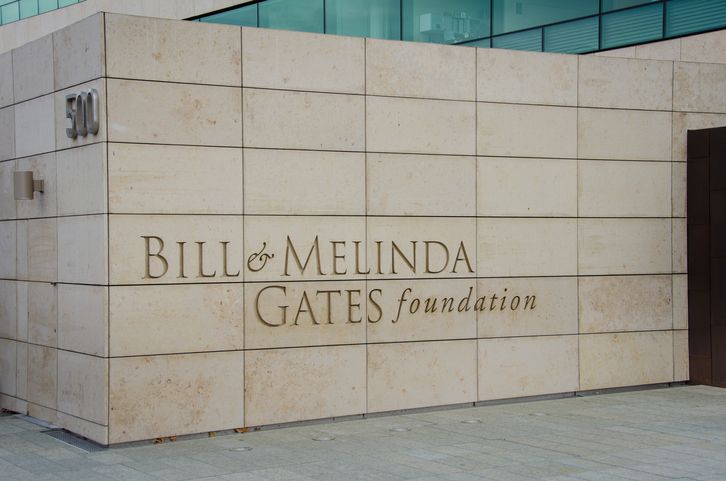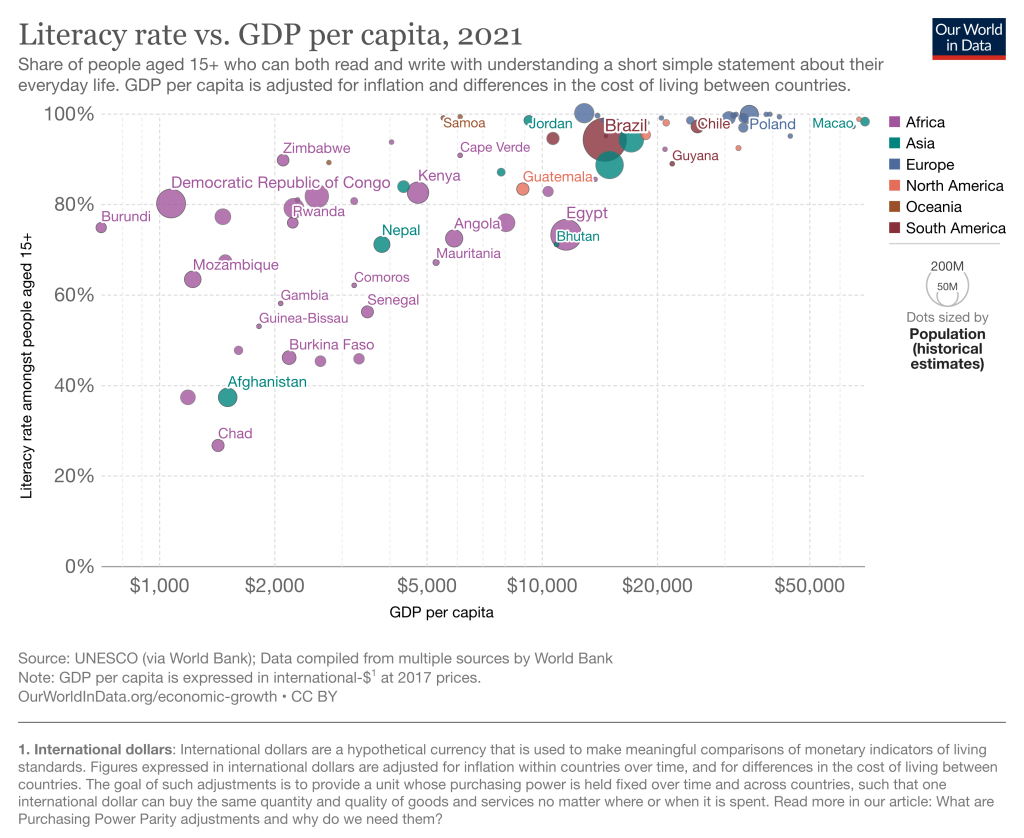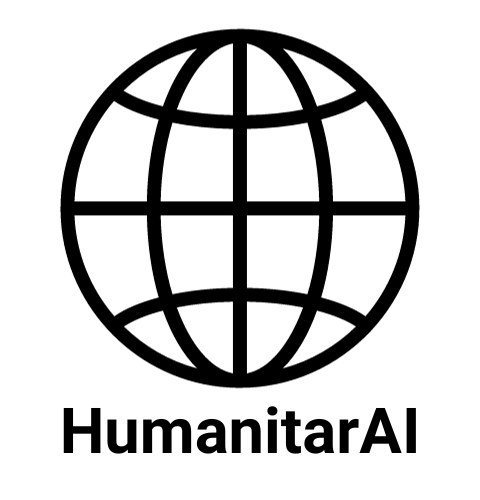
In May 2023, the Bill and Melinda Gates Foundation started philanthropic work in Artificial Intelligence equity. During this time, the foundation focused on the potential of Artificial Intelligence to enhance global health and development, particularly for women, children and vulnerable communities. Further, the foundation has highlighted the need to create bottom/up, inclusive and locally-driven initiatives. In the search for creative and secure approaches to using AI models like ChatGPT-4 in helping the global south achieve AI equity, the Bill and Melinda Gates Foundation has decided to create requests for funding proposals, granting an award of up to USD 100,000 for each project. This request for proposal had a time frame of two weeks and took place from May 22, 2023 – Jun 05, 2023 (Bill and Melinda Gates Foundation, 2023).
Despite being a great communication campaign, I argue that the AI work of the Bill and Melinda Gates Foundation for low- and middle-income countries is a form of white saviourism. This blog article aims to demonstrate this white saviourism by using a macroeconomic analysis of several key numbers, i.e. literacy rates, global access to computers/internet and costs of using ChatGPT-4.
Having examined the eligibility criteria and funding proposals from the project to “Catalyse equitable AI use”, I found several conditions that participants must fulfil. First, the eligibility criteria states, “Collaborations with global partners is acceptable. However, at least 80% of the funding must be awarded directly to organisations based in low-and-middle-income countries” (Bill and Melinda Gates Foundation, 2023). Despite sounding generous in awarding 80% of the funding to the global south countries, 20% still goes to the global north. Both funding activities in providing money to the Global South and Global North further aggravate the problem of income disparity and create unfair conditions for the workers in the Global South. Further, funding that the foundation provides is a form of financialization.
What financialisation does is increase “the importance of financial markets, financial motives, financial institutions, and financial elites in the operations of the economy and its governing institutions, both at the national and international levels.”
(Epstein, 2019)
What this essentially does is that it further funds the “global” large and elite organisations to generate profits by using philanthropy.
Second, the criteria for being considered for funding greatly depend on the scientific and technical expertise. This means that people applying for the AI Equity funding must be educated to a certain extent. From a global data perspective, the current literacy rates of high-income and low-income countries have significant differences. The graph from Our World in Data (2021) below shows how illiterate populations will suffer from slower GDP growths, leading to a staggering economy. And when low and middle-income countries have slow growths, nations will struggle to keep up with the speed of technological growth, leading to a vicious cycle of inequity.

According to my data interpretation, programs that target highly educated individuals from low-income countries further widen the wealth gap, especially in low-income countries. When people from the Global South do not have the adequate education and knowledge to learn about technologies, introducing further AI tools will exacerbate the problem by valuing several technological economies whilst ignoring the nations that do not manage to catch up to the fourth industrial revolution – a current agenda on the UN General Assembly on 06 October, 2023 (United Nations, 2023).
Third, the world distribution of electronic devices is not fair. According to the World Bank data, only 5.19 billion people worldwide can access computers and the Internet. This means over 36.5% of people do not have a computer to start using any Artificial Intelligence tool (DataReportal, 2023). This digital divide among people will lead to better access for some while others are left with a lack of access and knowledge. However, the Bill and Melinda Gates Foundation did not have any policies or programs to bridge the gap in the technology divide. Furthermore, even if one had the technology, the eligibility criteria stated a mandatory requirement to use ChatGPT-4, a “paid” tool that costs around $20 per month (OpenAI, 2023). A price considered as expensive in many places around the world.
In conclusion, while the Bill and Melinda Gates Foundation’s work in AI equity appears great, a closer examination reveals troubling aspects of white saviourism. The macroeconomic analysis of literacy rates, global access to technology, and the costs associated with AI tools like ChatGPT-4 sheds light on the unintended consequences of their approach. The foundation’s funding distribution, emphasis on technical expertise, and lack of efforts to bridge the digital divide all contribute to a widening wealth gap and perpetuate inequity in low- and middle-income countries.
Adopting a holistic and locally driven approach when crafting initiatives for AI Equity is necessary. Examining the root causes of disparity, investing in education and digital infrastructure, and fostering inclusive, community-led initiatives are essential to creating a more equitable AI landscape. It’s time to go beyond the shadow of white saviourism and work towards a future where AI truly benefits all.
References
Bill and Melinda Gates Foundation. (2023). Catalyzing Equitable Artificial Intelligence (AI) Use. Global Grand Challenges. https://gcgh.grandchallenges.org/challenge/catalyzing-equitable-artificial-intelligence-ai-use
DataReportal. (2023). Digital around the world — DataReportal – Global Digital Insights. https://datareportal.com/global-digital-overview#:~:text=A%20total%20of%205.19%20billion,of%20the%20world’s%20total%20population.
Epstein, G. (2019). Financialization, rentier interests and central bank policy. In Edward Elgar Publishing eBooks. https://doi.org/10.4337/9781788978415.00024
Lohr, S. (2023, June 22). Economists pin more blame on tech for rising inequality. The New York Times. https://www.nytimes.com/2022/01/11/technology/income-inequality-technology.html
OpenAI. (2023). Open AI – Pricing. https://openai.com/pricing
Our World in Data. (2021). Literacy rate vs. GDP per capita. https://ourworldindata.org/grapher/literacy-rate-vs-gdp-per-capita
United Nations. (2023, October 6). Widening Digital Gap between Developed, Developing States Threatening to Exclude World’s Poorest from Next Industrial Revolution, Speakers Tell Second Committee | UN Press. https://press.un.org/en/2023/gaef3587.doc.htm


